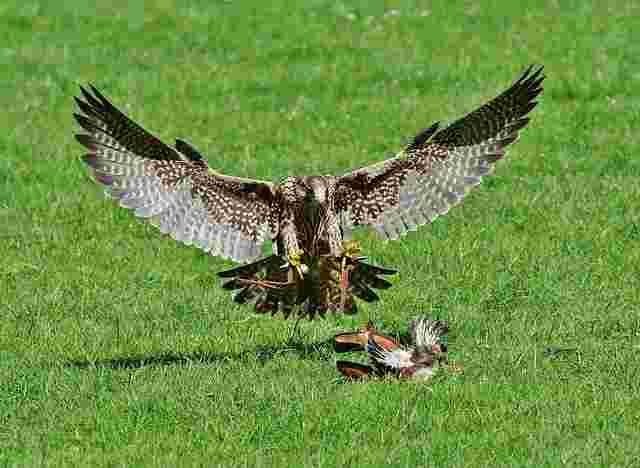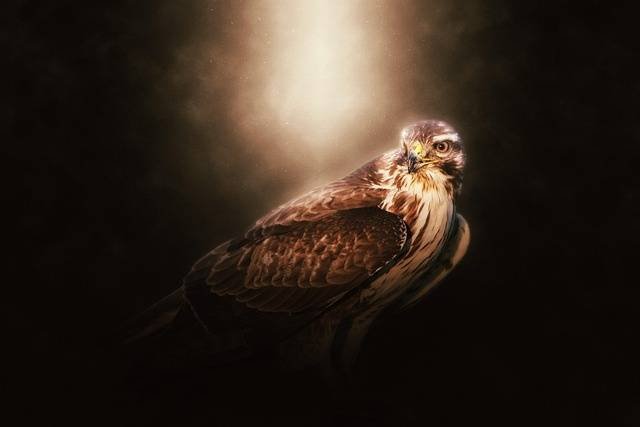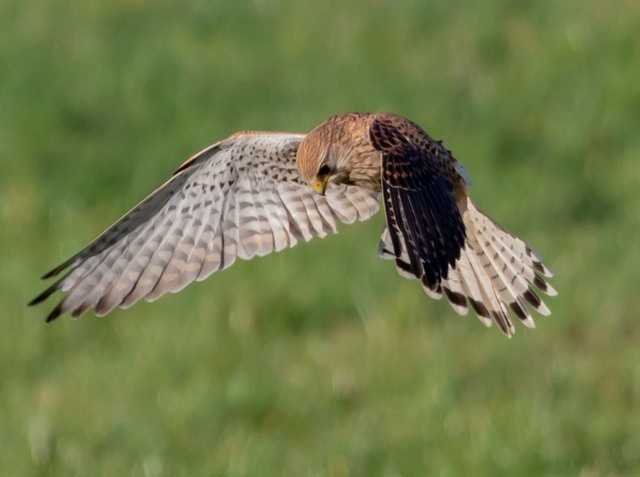The Glory And Beauty Of Falconry

Falconry is an ancient art that symbolizes the deep relationship between man and nature. This article sheds light on its history, methods, training, cultural significance, and conservation measures.
Falconry, also known as falconry in English, is one of the oldest partnerships between man and nature. It is an art in which birds of prey—especially falcons—are trained and used to capture wild prey. This relationship between man and falconry is not simply one of control but of trust, patience, and skill.
This four-thousand-year-old tradition stretches from the deserts of Arabia to the plains of Central Asia. Kings, nobles, and nomads adopted the art not only as a necessity but also as a cultural symbol. Even today, falconry is recognized by UNESCO as a part of the world’s common cultural heritage.
This article will shed light on all aspects of falconry in detail — its history, methods, equipment, training, cultural significance, and its development in modern times. The article is fully structured according to SEO principles to be suitable for both readers and search engines.
What Is Falconry?
Falconry is actually an art in which trained birds of prey — usually falcons, eagles, or hawks — are used to capture wild prey. Unlike regular hunting, falconry involves a partnership between man and bird, based on trust, not coercion.
A falconer is not the “owner” of his falcon, but rather a “partner.” The falcon hunts and in return returns to its hunter, where it is rewarded with meat.
It is not just a sport, but an art, a discipline and a means of preserving nature that connects ancient wisdom with modern science.
History Of Falconry: From Ancient Times To The Present :

The history of falconry dates back to around 2000 BC. It originated in Central Asia and Mesopotamia, where nomadic peoples began to train birds of prey to hunt small animals. Ancient writings and paintings from Egypt, Iran and China also show falcons perched on human arms, which was considered a symbol of power and dominance.
Spread To Arabia And Europe :
Falconry became an indispensable art in the Arabian deserts. Bedouin tribes used falcons to hunt hawks and rabbits. Over time, this art became a royal pastime of kings and nobles — considered a symbol of courage, patience and honor.
In the Middle Ages in Europe, falconry was called the “sport of kings.” Each elite class was allowed to own a specific falcon—for example, a Peregrine Falcon for princes, a Merlin Falcon for women, etc.
Modern-day Falconry :
Falconry continues to be practiced with great enthusiasm in Asia, the Middle East, and Europe today. The traditional art has been combined with modern technology. In 2010, UNESCO declared falconry an “intangible cultural heritage of humanity,” and it is now a living tradition in more than 70 countries.
The Falcon: Nature’s Perfect Hunter

The falcon is one of nature’s most intelligent, fast, and accurate birds of prey. Their eyesight is eight times sharper than that of humans, and their bodies are extremely agile and powerful, making them unbeatable for hunting.
Popular Types Of Falcons Used In Hunting :
Peregrine Falcon: The fastest bird in the world, capable of reaching speeds of up to 390 km/h. Used to hunt ducks, pigeons, and partridges.
Saker Falcon: Powerful and adapted to desert environments, popular in Arabia and Central Asia.
Gyrfalcon: The largest falcon, native to polar regions, known for its strength and endurance.
Lanner Falcon: Common in Africa and Europe, popular for its agility.
Barbary Falcon: Suitable for hot regions, used as a hunting falcon in the Middle East.
Each type of falcon is selected according to the specific area, the type of prey, and the skill of the hunter.
